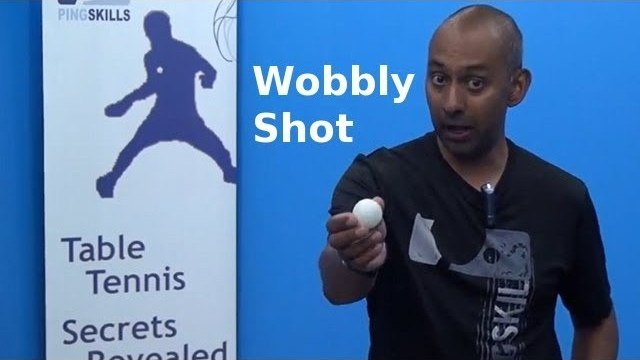About the grip
Strokes
Nandhini Sindhugowri Asked 1 year ago
Hello I'm Nandhini,
As a long pimple player, the thumb is very important for backhand rather than forehand. While playing backhand , I keep my thumb at the centre bottom of the rubber and while playing forehand I keep my thumb more relaxed and straight opposite to my pointer finger. Therefore should I keep changing my thumb while playing forehand and backhand ?
 Alois Rosario Answered 1 year ago
Alois Rosario Answered 1 year ago
Hi Nandhini,
The grip in table tennis is indeed crucial and can affect the quality of both your forehand and backhand, especially when using long pimples, which often require subtle adjustments in angle and pressure for effective play. The thumb's position plays a role in the stability and flexibility of the bat, particularly when switching between different strokes. The adjustment of the thumb that you described for playing backhands – placing it at the center bottom of the rubber – seems to provide you with the stability and precision needed for controlling those long pimples. For forehand strokes, having the thumb more relaxed and positioned straight opposite to your pointer finger allows for a looser grip, facilitating a more extensive range of motion which is often desirable for executing more powerful forehands. Whether or not you should actively change your thumb's position during a rally depends on a few factors, such as:
Comfort: The grip should always feel natural and not forced. If switching grips mid-rally feels awkward, it may disrupt the flow of your game.
Speed of the Game: Table tennis is a fast sport. There might not always be sufficient time to change the grip, especially during quick exchanges.
Effectiveness: If changing the thumb position enhances the quality of your strokes and doesn't hinder your reaction time, it may be beneficial to continue doing so.
It's possible to maintain a 'neutral' grip where your thumb position is somewhat in-between the two extremes you've described, which could allow for quicker transitions between forehand and backhand without the need for substantial grip changes. Practicing with different thumb positions during your training sessions can help determine the best approach for you. You might find that a slight adjustment is all that's needed, or you may develop a quicker transition between grips with more practice. Ultimately, the key is finding a balance that allows you to play effectively with both long pimples on the backhand and a more traditional rubber on the forehand, without compromising control, spin, and power on either side.
Recommended Video
Snake Shot
A snake shot is a type of stroke which is specifically used against a drop shot. It is usually loaded with a heavy spin so that the opponent finds it difficult to counter. The type of spin can be backspin, sidespin or topspin depending on your choice. You need to make a movement after hitting the ball to confuse your opponent.
Watch NowNo comments yet!
Become a free member to post a comment about this question.
